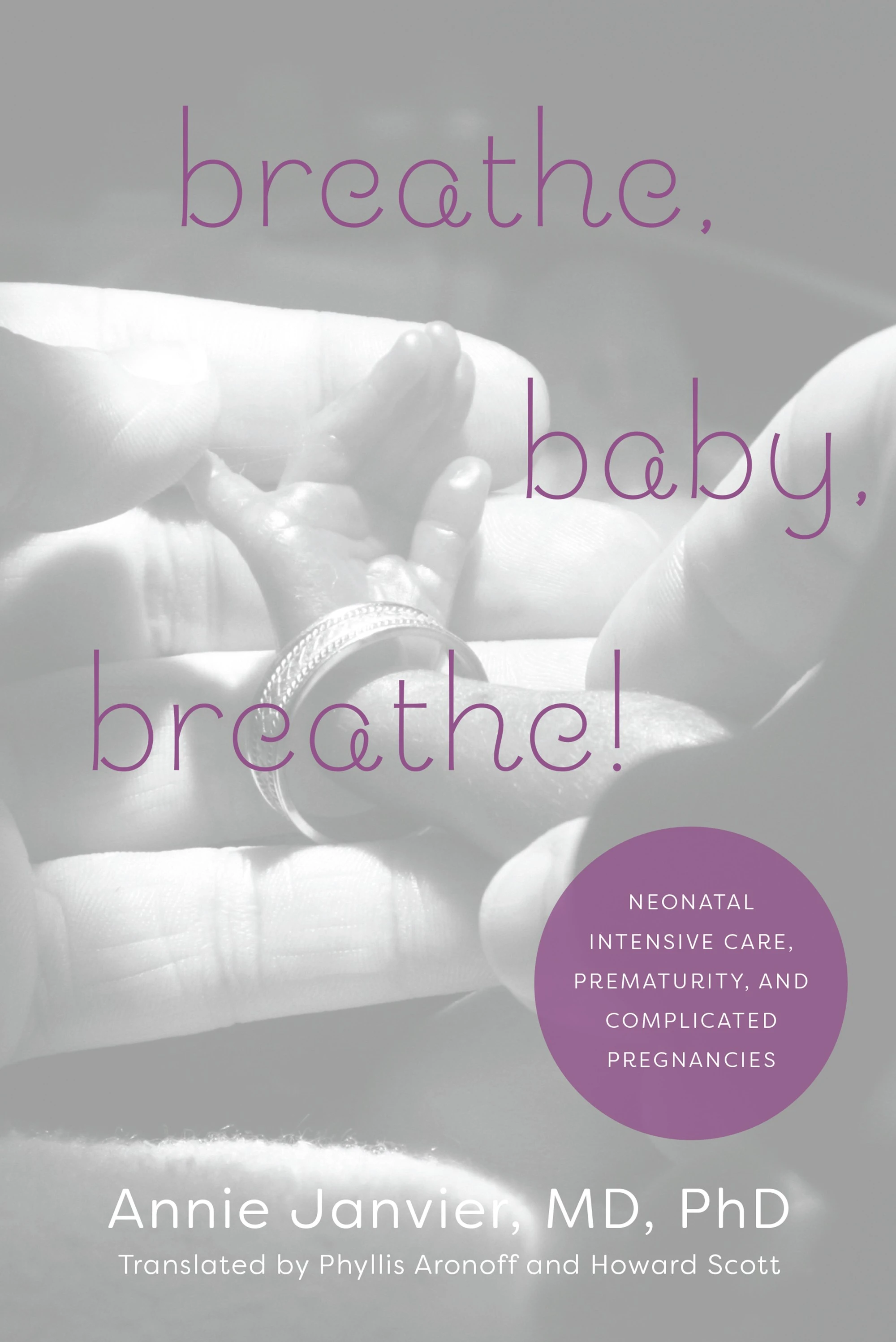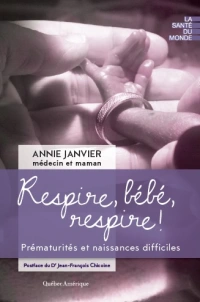Since I started neonatology (just a little over 5 years ago…) we have given intravenous lipid emulsions starting at low doses and progressively increasing. As a reminder to everyone, when intralipid (as I will call it to refer to all soybean-oil based emulsions) was introduced there were no large multicenter RCTs to confirm safety and efficacy; as part of the early development of intravenous neonatal nutrition, it was really trial and error. Babies usually seemed to tolerate it; some developed milky serum with extremely high triglyceride concentrations, but most were without apparent complications and were getting extra calculated calories, so it was assumed that they were metabolizing the stuff and using it to grow.
I think it was the concern about occasional intolerant babies that led us to start at lower doses (often 0.5 or 1 g/kg/day) and progressively increase to 3 or 4 g/kg/day maximum. I don’t think there was ever good evidence that tolerance improves with postnatal age, we just didn’t want to start at 3 g and be surprised to find a baby with enormously high triglyceride or free fatty acid levels.
This gradual approach limits the potential calories that can be administered, as glucose tolerance tends to be limited in the first few days for the very preterm baby, and enteral tolerance often takes a few days before full feeds can be tolerated without regurgitation. So we could ask whether it would be better to start with higher doses right from intralipid initiation. This new trial studied exactly that (Alburaki W, et al. High Early Parenteral Lipid in Very Preterm Infants: A Randomized-Controlled Trial (HELP trial). The Journal of Pediatrics. 2020). The investigators randomized 83 infants of <1500g birthweight who were appropriate for gestational age (i.e. no babies under the 10th percentile) to either start intralipid at 0.5 g/kg/d starting at 12 to 24 hours of age if under 1kg, or at 1 g/kg/d if over 1 kg, and then increasing by 0.5 g/k/d per day up to 3 g/kg/d; the comparison group was to start at 2 g/g/d as soon as possible on day 1 and increase to 3 g/kg/d on day 2. The control group, lower dose, schedule is similar to the protocols of many tertiary centres. The primary outcome of the trial was the maximum percentage postnatal weight loss.
The main finding was of a reduction in maximum postnatal weight loss from -12.7% in the controls to -10.4% with early higher dose lipid (SD in each group approx 4), which was unlikely to be a chance occurrence. The investigators also examined the proportion of babies with extra-uterine growth restriction, which was defined as weight less than the 10th percentile at 36 weeks post-menstrual age (Fenton percentiles). 68% of their controls had EUGR, and 39% of the intervention group. It is very hard to ascribe the EUGR impact to the early postnatal nutrition, the babies in the intervention group overall only received an additional 2.6 g/kg total of lipid, but had 8 g/kg LESS carbohydrate, and 3 g/kg less protein. The energy intake over the first week was therefore almost identical between groups (the early higher dose lipid babies received only an extra 1 kcal/kg/d over the 1st week). It is very hard to believe that changing the source of calories during the first 5 or 6 days of life, without changing the overall calorie intake (total about 30 more kcal/kg from fat, but 25 fewer from carbohydrate and 12 fewer from protein), will have an effect on growth during the whole hospital stay.
This was not a masked study, which looks like it might have led to some compensatory changes in the nutrition, there is no discussion that I can see at all about the enteral nutrition of these babies, most of whom would have had enteral feeds started during the study period, and even whether the enteral nutrition was included in their intake calculations is not specified.
The frequency of EUGR they report is enormously high; with an appropriate, and well-tolerated nutrition protocol we have practically eliminated extra-uterine growth restriction (Lapointe M, et al. Preventing postnatal growth restriction in infants with birthweight less than 1300 g. Acta Paediatr. 2016;105(2):e54-9). I think there is no excuse for having 68%, or even 39%, of VLBW AGA babies arriving at 36 weeks and being <10 percentile.
The study is too small to say much as about the safety of this approach, we can say that many of the babies showed biochemical tolerance of early higher intralipid doses. But mean triglyceride concentrations were higher, and many more babies exceeded 2.8 mmol/L (33% vs 18%), their definition of hypertriglyceridemia.
I think that you can say based on this small unmasked trial, that most infants will tolerate earlier, higher intralipid infusion rates, but hypertriglyceridemia is more common, and the clinical benefits are questionable, perhaps a reduction in maximum postnatal weight loss by 2.3 percentage points. An impact on late-onset sepsis, or other complications of prematurity, would not likely be detected by such a small study. The safety of early parenteral nutrition is a subject for another blog post.








